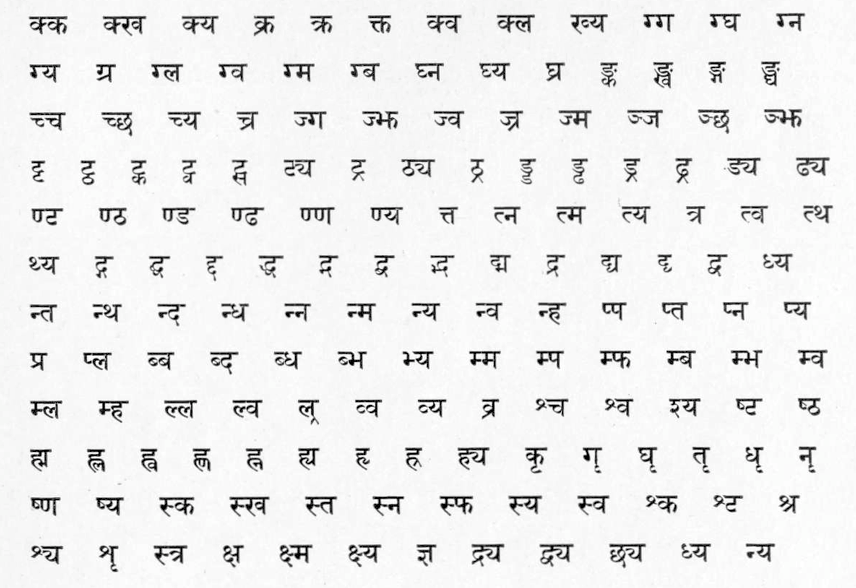

You might have thought, ah! I know satya, we pronounce it shotto. This reintroduction of so much Sanskrit into what is effectively its linguistic granddaughter is part of what distinguishes Bangla from its closest sisters such as Assamese. So, as the elites of Medieval and Modern Bengal were already familiar with Sanskrit, they were comfortable borrowing a Sanskrit word or two (thousand) into their everyday speech, much like cosmopolitan Bengalis today draw effortlessly from English. But how does a 2,500-year-old Sanskrit word appear in Bangla without evolution?īengalis are notorious for loving Sanskrit, even more than other South Asians do (is it because Bengal was never truly Sanskrit-speaking, and this is our way of compensating for it?). These are distinguished from tatsama words, Sanskrit words that did not go through that evolution. These are tadbhava words, derived from Sanskrit through Prakrit to Bangla by natural evolution in pronunciation. The bulk of our basic vocabulary underwent exactly this process: take a Sanskrit word, make tiny changes every generation for a couple of millennia, and it becomes Bangla.

Furthermore, pronunciation had changed so much that words like satya (truth) had evolved into sachcha even by the Buddha's early Prakrit (c 500 BCE), and over a millennium later, evolved into Old Bangla shach (I'll return to this word in a moment). In fact, the way we mark past tense in Bangla today with l-based suffixes-where the past of kor-i (I do) is kor-lam (I did)-began as a Prakrit pattern using the suffix -illa. For example, the complex, irregular verb system of Sanskrit-where the past tense of kar-omi (I do) is a-kar-avam (I did)-was completely scrapped in Prakrit. By the time these Prakrit languages arrived in early Bengal, they were substantially distinct from Sanskrit.


 0 kommentar(er)
0 kommentar(er)
